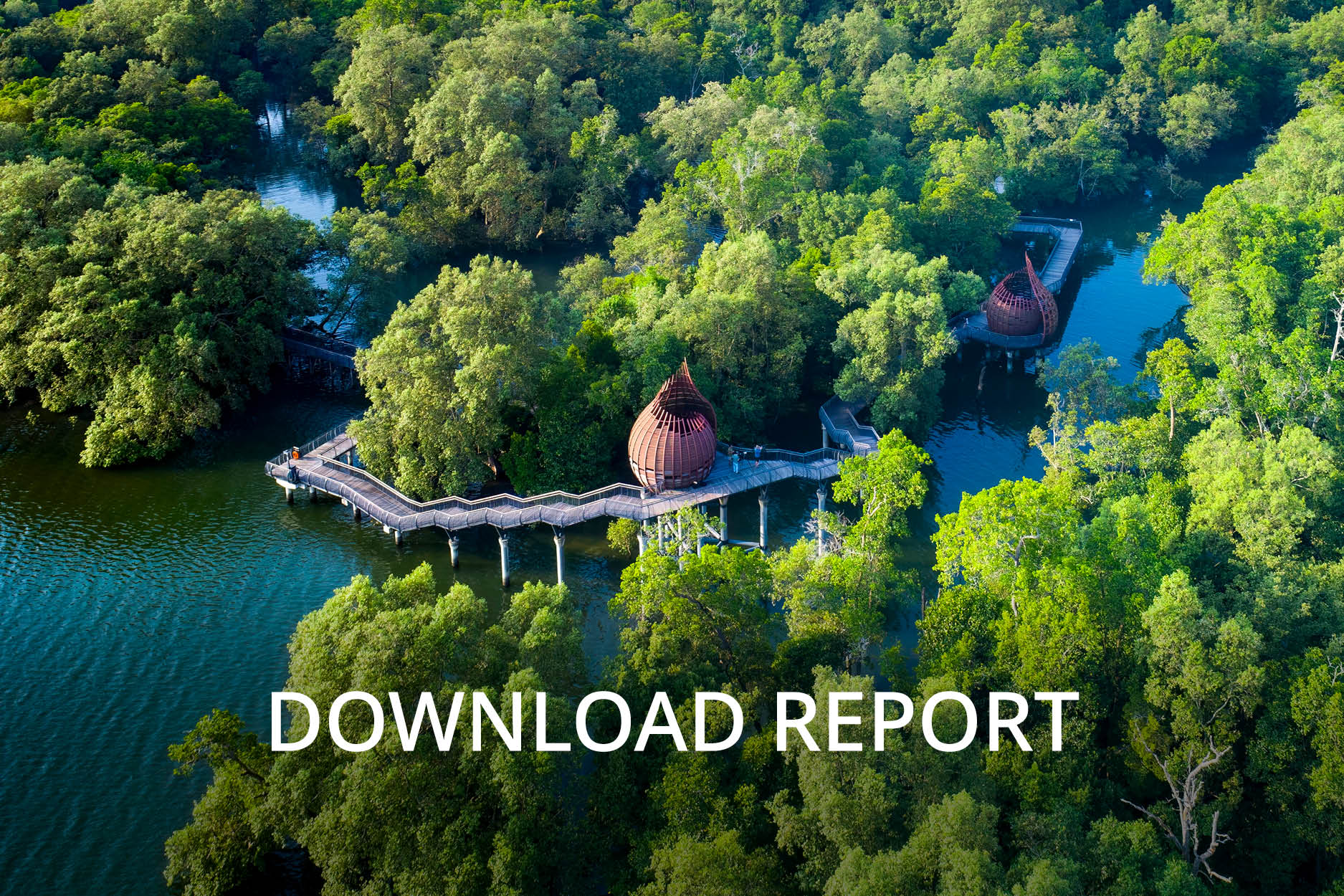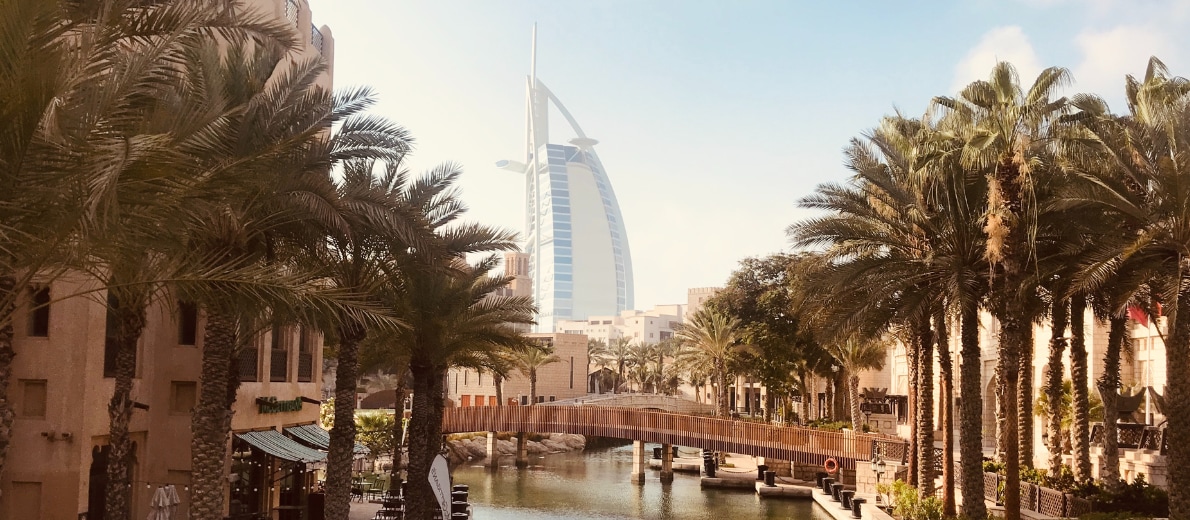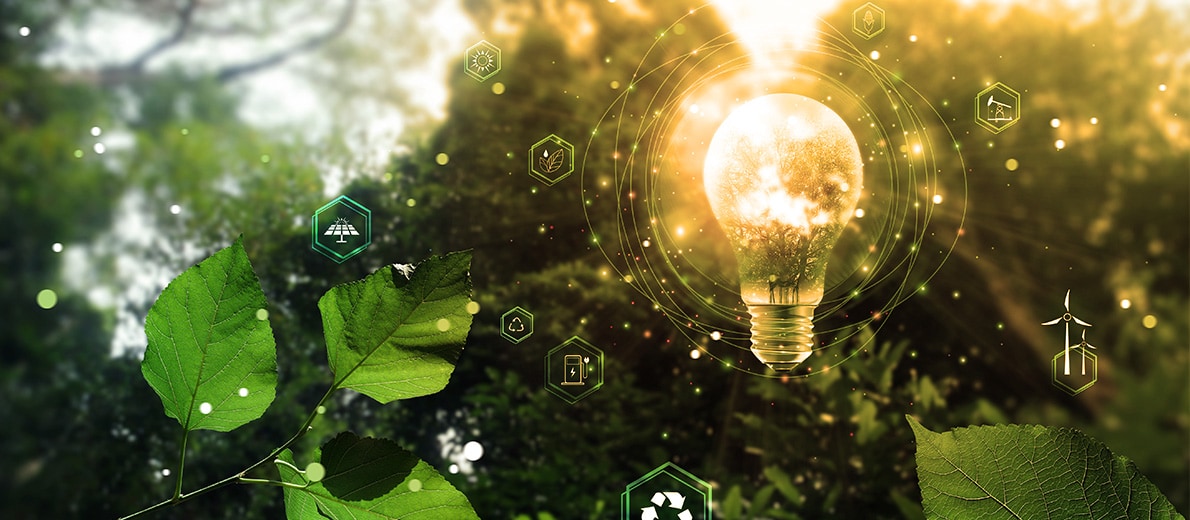What will it take to finance Asia’s green transition?
What will it take to finance Asia’s green transition?
To stand a chance of limiting global heating to 1.5 degrees or less, the world needs to quadruple finance for the energy transition. Platforms such as COP28 help Temasek contribute to this critical objective.
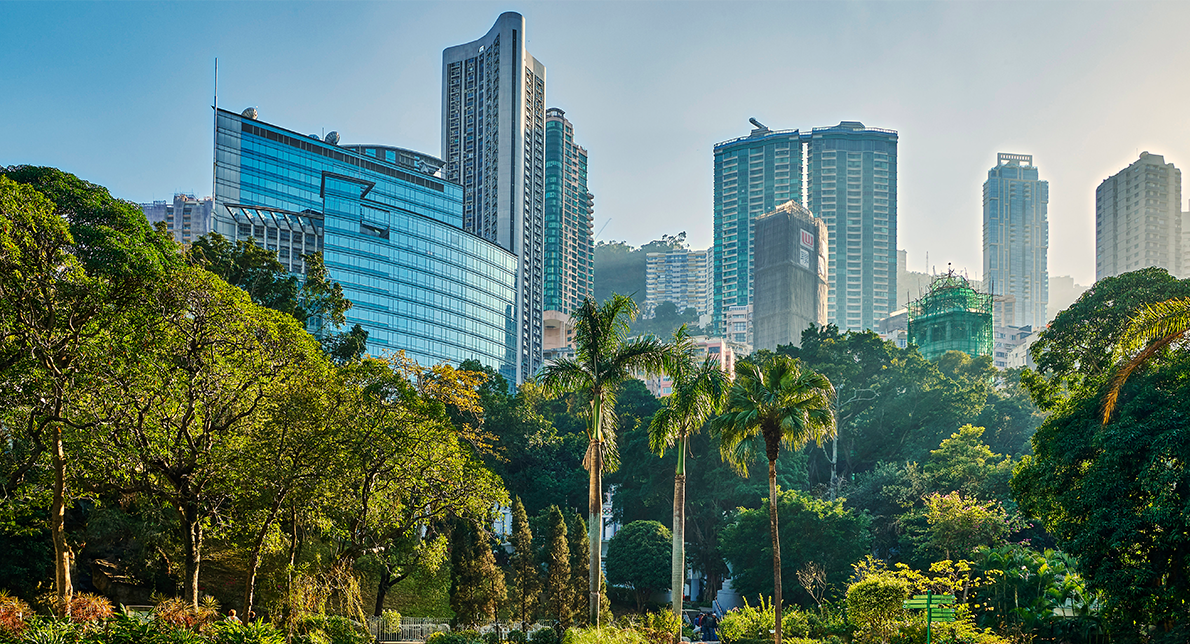
There’s a yawning gap in climate finance between what’s required to fund the green transition and what’s currently available. To limit warming to 1.5 degrees, the world needs $5 trillion annual investment, according to the International Renewable Energy Agency.
This is nearly four times 2022 investment levels, which stood at 1.3 trillion. This major funding gap presents both a challenge and a huge opportunity for governments and investors. Given that, it’s no wonder that climate finance is among the top agenda items at December’s COP28 meeting in Dubai This year signifies a particular focus on private sector finance for climate solutions.
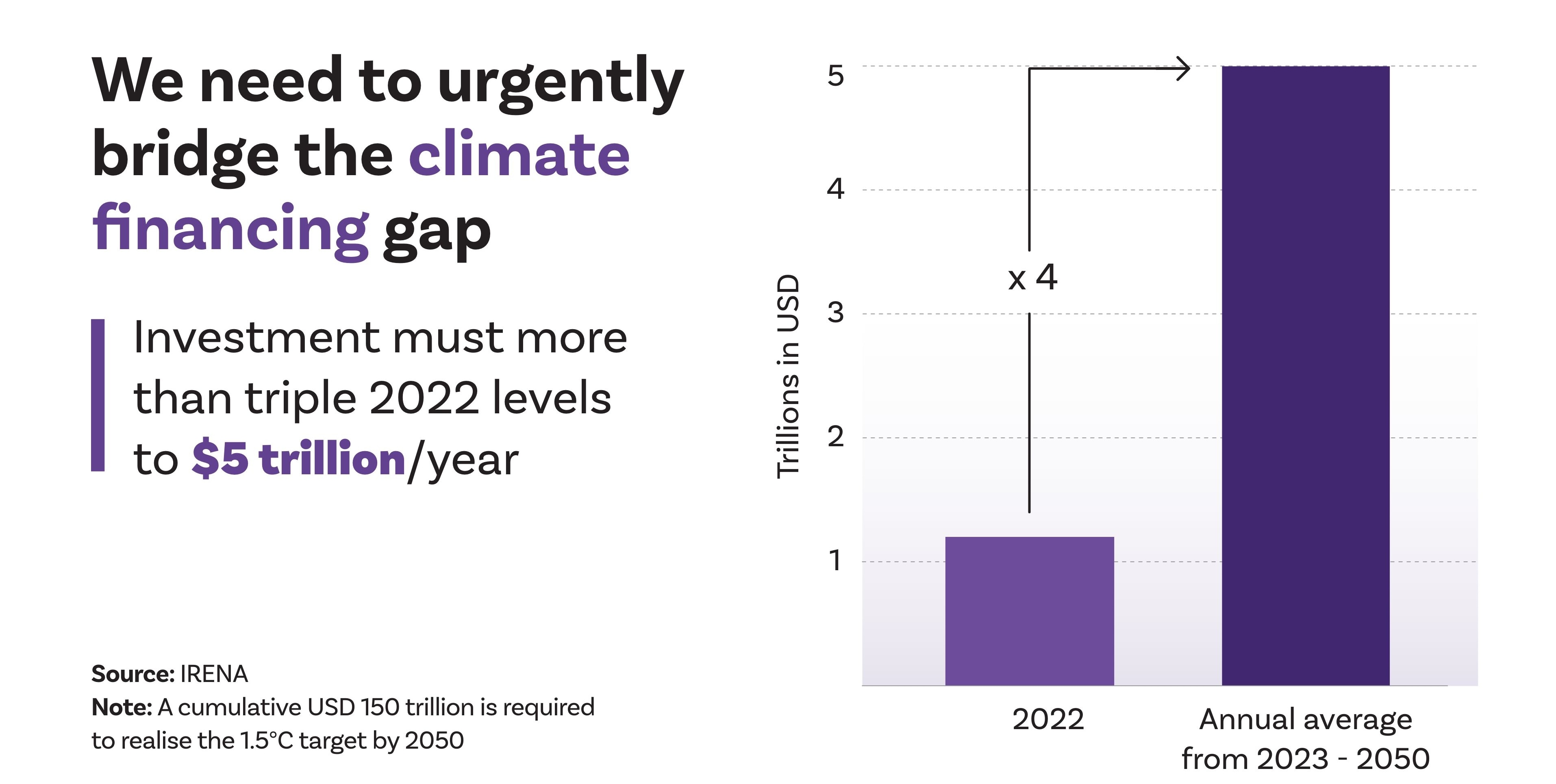
Asia is not on track to deliver its 2030 climate targets. According to the Southeast Asia’s Green Economy 2023 Report, Southeast Asia alone will need over US$1.5 trillion in investment to meet its target of reducing emissions by a third by 2030 – far above the US$ 5.2 billion reported in 2022.
The Asian region is especially important to the world’s fight against climate change, as it accounts for half of global carbon emissions and produces about 85% of its energy from fossil fuels. It is imperative for Asia to grow the amount of funding and the ways in which that funding is deployed if we are going to meet critical climate targets.
In Asia as elsewhere, the green transition faces challenging constraints such as limited access to private capital and the marginal “bankability” of many infrastructure projects that would contribute to the clean energy revolution. Even though many investors have both enthusiasm and potential to shift investments towards more sustainable infrastructure, they cite challenges such as high capital costs, constraints on market access, insufficient investment returns and uncertainty about policy direction.
Closing the financing gap will require Asia to grow its climate financing toolbox and use innovative means to accelerate its green and just transition. Collaborating with stakeholders including government, business, the financial and investment sectors, and civil society at the COP meetings will help Temasek shape the climate finance sector and catalyse deals that will provide both a significant boost in the fight against climate change and bankable investor returns.
Innovative financing tools
The climate crisis cannot be tackled by any single entity. When different sources of finance work together – including governments, private sector, multilateral development banks, international financial institutions, and concessional finance – they can create powerful synergies.
At Temasek, we believe in collaborating with like-minded stakeholders to form strategic partnerships, augmenting our capabilities with those of partners and collaborators to create solutions and scale investment.
Many countries across Asia have great potential to shift their energy production towards renewable sources. The barriers to doing so can be overcome when different stakeholders work together. For example, last year, Temasek and HSBC established Pentagreen Capital to deploy blended finance for marginally bankable infrastructure projects in renewable energy, energy storage, clean transport, and the water and waste management sectors across Southeast Asia.
Our ambition is to create a tradeable asset class that crowds-in private and institutional investors, including concessionary and philanthropic capital providers, to accelerate clean infrastructure. For example, in September 2023, Pentagreen and Citicore Renewables structured a US$100 million financing to accelerate the roll out of solar projects in the Philippines. Pentagreen’s commitment is designed to enable mobilisation of additional debt funding to support the construction of the Citicore’s ready-to-build projects.
A managed phase-out
With appropriate structuring between governments, multilateral development agencies, providers of finance and concessionary capital, such projects can transition to bankability. Transition financing is key to bridging these gaps, and a topic of discussion Temasek will be focusing on at COP.
The SEA Green Economy Report 2023 estimates a 42% increase in energy consumption from 2020 to 2030 under current policies. Decarbonising the region while meeting these energy demands will not be easy. Fossil fuels will continue to play a role in the near to medium term, particularly as many coal-fired power plants in the region are younger and have long lifespans.

SEA Green Economy Report 2023
A successful pathway to a managed phase-out will require significant amounts of transition capital and blended finance mechanisms to accelerate coal decommissioning in an economically viable way while mitigating impacts on jobs and communities. The phase-out also needs capital to ensure capacity replacement with clean energy to avoid emissions leakage.
In addition to scaling renewable energy and cost reductions in energy storage, solutions are needed to mitigate carbon emissions from existing power and industrial assets, such as through carbon capture and storage technologies.
Investment companies such as Temasek can deploy capital that catalyses solutions such as these to accelerate the net-zero transition. At Temasek, our Partnership Engine helps us catalyse growth by scaling capital through strategic partnerships. However, closing the finance gap will require more radical collaboration and coordination among investors, governments, and corporations.
At COP28 we will be engaging in discussions about re-designing and scaling private capital, to enable and incentivise the efficient allocation of capital in a way that delivers a financial return generation whilst facilitating effective climate action.
Our mission at Temasek is to generate sustainable returns beyond our present generation. The only way to do this will be to bridge the climate financing gap to accelerate climate solutions, contribute to mitigating climate change, and generating bankable returns for our present and future stakeholders.
Join us to hear from global business leaders and Temasek executives on how we are deploying catalytic capital to finance sustainable solutions and close the financing gap. Find out more here.
